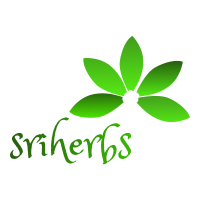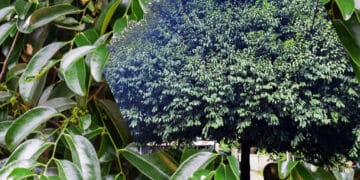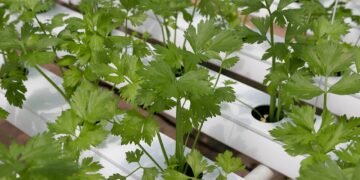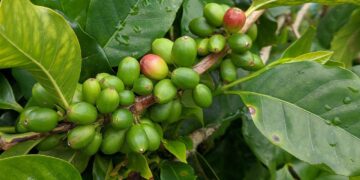Ceylon Cinnamon is a botanically known tree belonging to the genus Cinnamomum zeylanicum. Ceylon Cinnamon is endemic to this country and is not found in any other country in the world. Dried cinnamon bark has long been used as a spice in the world.
History of Cinnamon Runs up to 2800. It is referred to as “Kwai” in ancient Chinese documents. The Bible tells us that Moses in ancient Rome used cinnamon as an ingredient in his oil. Cinnamon was burned at Roman funerals as a means of expelling corpses. Cinnamon was also used to embalm mummy dynasties in ancient Egypt.
a valuable spice in the western world from the 14th to the 15th centuries was mainly used to preserve meat and prevent bacterial growth. At present, real cinnamon is produced only in Sri Lanka. The Portuguese came to Sri Lanka in the 16th century and took over the cinnamon trade by gaining control of the ports. The story goes that the Portuguese general Lorenzo de Almeida, who landed in Sri Lanka, walked along with the land in search of cinnamon lands, sniffing at the scent of cinnamon he felt. Legends say that the Sinhala guides who realized this made sure that he could not see the cinnamon lands and took him to the royal palace in Kotte by another roundabout. Some say that Lorenzo de Almeida did not go in search of the kings of Kotte, but sought cinnamon, a valuable resource. Examination of ancient documents reveals that there were cinnamon estates from the area now known as Colombo 7 Cinnamon Garden to Maradana.
Joao Ribeiro, who was in the country during the Portuguese period, describes the cinnamon as follows:
“Areas belonging to the Kingdom of Kotte are covered with dense cinnamon forests. Cinnamon trees are no taller. The leaves of the trees do not wither because it rains every day. Indigenous peoples are required by law to cleanse themselves of cinnamon sticks, as they often sprout. In 1658, the Dutch conquered the coast of Sri Lanka by defeating the Portuguese and gaining control of the cinnamon monopoly. They made great efforts to promote cinnamon cultivation in the coastal areas. As a result, natural cinnamon was grown as a commercial crop in the western and southern coastal areas. The Kandyan-Dutch treaty, signed between King Keerthi Sri Rajasinghe and the Dutch on February 14, 1766, allowed the Dutch to cut and process cinnamon in some of the country’s forests. In return, the Dutch promised to protect the Kandyan kingdom from foreign invasion.”
James Cordiner, who lived in Sri Lanka from 1799 to 1804, gives a great account of the importance of cinnamon during the English rule in his book A Description of Ceylon. This is part of it. “When cultivated, the cinnamon tree has a number of branches with a single root system. The bark is cut off before it grows to more than 10 feet. Several varieties of cinnamon suitable for consumption are cultivated in Colombo. They are sweet cinnamon, snake cinnamon, flavoured cinnamon, fragrant cinnamon and bitter cinnamon. Apart from Colombo, there are cinnamon lands in Negombo, Kalutara and Galle. Furthermore, Cordiner notes that 4,000 bales (68,000 lb) of cinnamon were exported to England each year and that the people who grew and worked on the cinnamon belonged to the Chola clan.”
How to Make Cinnamon?
When the time comes to cut cinnamon, cinnamon sticks are cut using human labour. It separates the main trunk and branches. A round knife with a pointed tip is used to separate the cinnamon bark. Peel a squash, grate it and squeeze the juice.
Making sticks is unique to Sri Lanka. Cinnamon sticks are rolled to form sticks, which are then joined together to form a tube-like structure. Cinnamon can also be found in the form of chips, quillings, or featherings.
Cinnamon contains oil from the leaves, bark, and roots of the plant. The main chemical in bark oil is cinnamaldehyde, while in leaf oil it is eugenol.
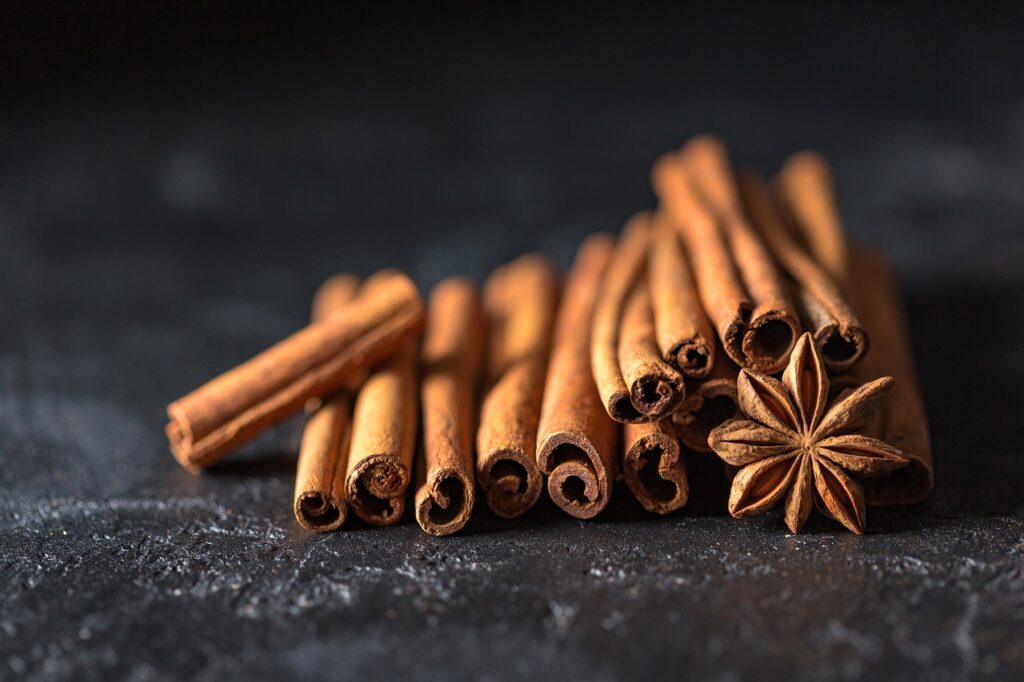
Benefits of Cinnamon
Cinnamon is widely used in cooking and baking. Cinnamon is a spice that can be added to salads, desserts, beverages, soups, stews, and sauces. Peel a squash, grate it and squeeze the juice. Today, cinnamon-flavoured tea is gaining popularity in Sri Lanka as well. Cinnamon leaves and bark are used in oils as a flavouring agent, as well as in the perfumery and pharmaceutical industries.
Cinnamon plantations in Sri Lanka
Cinnamon Garden in Colombo as well as Cinnamon Tree in the South got its name from Cinnamon. Although there are eight species of cinnamon in Sri Lanka, only Cinnamomum zeylanicum is commercially cultivated. Cinnamon in Sri Lanka first originated in the natural forests of the central highlands. Cinnamon is found in Kandy, Matale, Belihuloya, Haputale and Horton Plains. Seven species of cinnamon can be seen in the Sinharaja site. Today, cinnamon is cultivated in some areas along the coast from Negombo to Matara and has spread to Kalutara and Ratnapura districts.
Cinnamon is still the name of the game in our country. But cassia, an alternative crop, has become popular all over the world as a substitute. Demand for this speciality has grown significantly as a result of recent corporate scandals. Cassia is grown in Indonesia, China, and Vietnam. Today, cassia accounts for 90% of the world’s cinnamon supply.
Sri Lankan cinnamon has been in high demand in foreign countries since ancient times and has a good market value. But today the cinnamon industry in the country has not achieved much growth. In many places, it still works the ancient way.
Lack of skilled labour has become a major problem in the cinnamon cultivation and cinnamon processing industry today. It is reported that due to the shortage of labour, the beggars have been able to ask the landlords of Cinnamon for a percentage of their income instead of their daily wage. It is said that the crushers have been able to obtain 33% of the cinnamon income from the Ambalangoda area and 50% from the Matara area. The current method of crushing and crushing cinnamon in our country was practised 350 years ago in the same manner as it is done today.
However, it should be kept in mind that even cinnamon can be harmful if overused.
